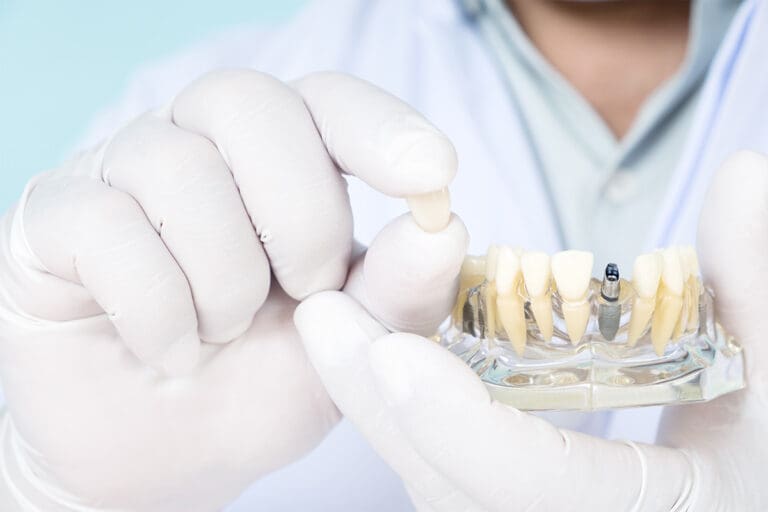Interceptive orthodontics is a type of orthodontic treatment that is used to correct irregularities in the teeth and jaws of young children. This type of orthodontic treatment is typically used for children between the ages of 5 and 11, when their teeth and jaws are still in a state of rapid growth and development. Interceptive orthodontics can help to prevent the need for more extensive orthodontic treatment in the future by correcting any irregularities before they become more serious.
What Is the Importance of Interceptive Orthodontics?
The benefits of interceptive orthodontics are numerous. Here are some of the most significant advantages of this treatment:
1. Early Detection
By intercepting misalignment issues early, more serious conditions can be prevented. Early interceptive orthodontic treatment can detect and address issues such as crossbites, overbites, underbites, and crowding.
2. Less Treatment Time
Interceptive orthodontics can help to reduce the amount of time needed for treatment later on. It can help to correct issues, such as overcrowding and misalignment, before they become too severe and require more drastic measures. This can save time and money in the long run.
3. Improved Oral Health
Interceptive orthodontic treatment can help to improve your overall oral health. By correcting misalignment and crowding, it can reduce the risk of tooth decay, gum disease, and other oral health issues.
4. Improved Self-Esteem
Interceptive orthodontic treatment can help to improve your child’s self-esteem. Many children feel self-conscious about their teeth and having a confident smile can make a huge difference in their lives.
5. Improved Speech
Interceptive orthodontic treatment can help to improve your child’s speech. When teeth are misaligned, it can cause problems with articulation and pronunciation. Interceptive orthodontic treatment can help to correct these issues and improve your child’s speech.
How Early Can You Start Interceptive Orthodontics?
The American Association of Orthodontists recommends that children receive an initial orthodontic evaluation no later than age 7. This is important because interceptive orthodontics can help to identify any potential problems before they become more severe. Common issues that can be detected early include crooked teeth, crowding of the teeth, or an improper bite.
Are There Any Risks with Interceptive Orthodontics?
The most common risk associated with interceptive orthodontics is the potential for injury to the teeth. When orthodontic appliances are placed in the mouth, there is a chance that the teeth can be damaged or moved out of alignment during the treatment. This could lead to a misaligned bite, which can cause discomfort and difficulty in eating and speaking. In addition, the teeth may become vulnerable to decay due to the increased force being applied.
Another risk associated with interceptive orthodontics is the potential for infection. The orthodontic appliances can trap bacteria in the mouth, leading to an increased risk of cavities and gum disease. If the orthodontic appliances are not properly cleaned and maintained, they can become a breeding ground for bacteria.
Finally, there is a risk of pain and discomfort associated with interceptive orthodontics. Although the treatment is typically not painful, some patients may experience soreness or discomfort during the treatment. This can be managed with over-the-counter medications, but if the pain does not subside, it is important to contact the orthodontist.
Conclusion
Interceptive orthodontics is a process whereby a dentist or orthodontist uses appliances to align the teeth and jaws in children who are still growing. This process can prevent more serious problems from developing later on. It is important to seek treatment early, as the sooner problems are corrected, the easier it is to achieve desired results.
If you need a dentist in Newton, MA, you can visit us at Waban Dental Group. Take care of your teeth by seeking professional and high-quality care from us. Book an appointment today!






